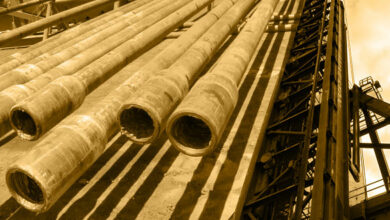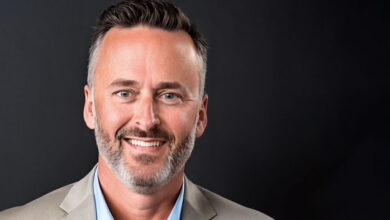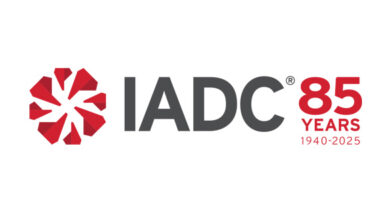IADC partners with Texas A&M to launch 1st student chapter
By Kelli Ainsworth, Editorial Coordinator

IADC’s first-ever student chapter, at Texas A&M University, received its certificate of organization at a luncheon held by the association’s Houston Chapter on 31 January. “Having an organization like IADC at the student level allows students to understand what kind of career opportunities are out there and where they might fit in the professional oil and gas industry,” Andy Hendricks, 2017 IADC Chairman and President/CEO of Patterson-UTI Energy, said at the luncheon.
For years, IADC had been considering ways to reach out to the next generation of industry professionals, said Ron Lee, Director of Marketing and Contracts for Noble Drilling. Mr Lee is serving as IADC adviser to the student chapter. “If you look at our stakeholder map for IADC, a key element that has been missing is a formal vehicle for engaging with the next generation of young professionals,” he said.
At the same time, students had expressed a desire for opportunities to engage with the drilling industry while in school.
Last year, when members of the IADC Houston Chapter were interviewing Texas A&M students for scholarships, one student asked whether IADC had any student organizations. That student, Corey Wittig, a senior petroleum engineering major, now serves as Chairman of the IADC Texas A&M Student Chapter.
Besides Mr Wittig, the student chapter’s leadership includes senior petroleum engineering majors Zachary Matous and Wendolyne Castillo and sophomore petroleum engineering major Zack Aldelamy. Together, they are working to provide networking experiences through meetings, technical workshops, well control courses and a golf tournament. “Whenever you get into the industry, you won’t be going in blind,” Mr Wittig said. “You’ll have these connections already built into your college experience.”
The chapter’s first meeting, to provide information for interested students, was held on the Texas A&M campus on 13 February. The organization is open to students from all disciplines who have an interest in the oil and gas industry, Mr Wittig said. “We want to promote cross-disciplinary interaction,” he said. “We’re trying to get them to engage together so that they’re more prepared for whenever they get into the industry and actually have to engage on a multidisciplinary basis with different types of people.”
Later in February, the chapter hosted a well control class taught by Randy Smith of Smith, Mason and Co. All 55 students who attended the course passed and received WellSharp Introductory Well Control Certification.
Not only will the student chapter work to foster a closer relationship between student members and industry professionals, but it also will aid collaboration between Texas A&M University and IADC. This will provide more opportunities for the industry to take advantage of school faculty expertise, Dr Jerome Schubert, the chapter’s faculty sponsor, said. “You could work with some great professors and great grad students to solve problems for the industry,” he said. Already, Texas A&M faculty are working on projects with Statoil, Enhanced Drilling, Tenaris and US Steel, according to Dr Schubert.
The more the industry lends its support, the more the chapter will be able to succeed, and the better-positioned IADC will be to create additional student chapters at other universities. “Texas A&M is a great place to kick off the student chapter for IADC, and we expect to be able to grow it to other universities after this has become a model for how to make it work,” Mr Hendricks said. “We encourage everybody’s support in helping sustain this and make it successful at Texas A&M so it can be successful at other universities, as well.”
IADC is already engaging with additional universities that have expressed interest in establishing student chapters. Rather than focusing only on schools with strong petroleum engineering programs, IADC is looking for opportunities to start student chapters at as many universities as possible. As IADC begins to launch student chapters at other schools, the association will look to university alumni in the drilling industry for assistance, said Chris Menefee, Vice President of Business Development at Independence Contract Drilling and IADC Houston Chapter Chairman.
Click here to watch DC’s video from the launch of the IADC Texas A&M Student Chapter.




